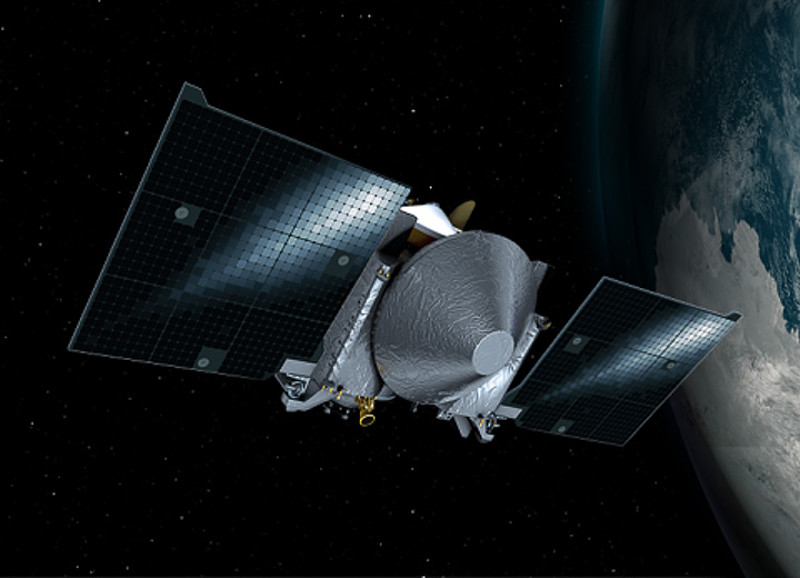Neutrinos can provide the answers to many questions which scientists all over the world have been asking. The team that works on this unique project is therefore appropriately international and interdisciplinary. About 300 researchers from 12 countries and 48 different institutions are part of the “IceCube” team that not only works regularly at this observatory but also continuously improves it.
One of them is the physicist Felix Henningsen from the Technical University of Munich (TUM) who, with an international group of scientists at the “Chair for Experimental Physics with Cosmic Radiation”, has been working intensively in recent years on a further optimization of the calibration of optical media and photosensors. And this is exactly where Berghof Fluoroplastics comes in – specialising in innovative, high-tech plastic material solutions for more than 50 years and in international demand with their optical materials by the name of Optopolymer® where a perfect, diffuse reflection with uniform light distribution is called for.
The successful outcome of this research project is the new “Precision Optical Calibration Module” – or POCAM for short. In the polar summer of 2022/2023, the scientists want to recalibrate the sensors sunken beneath the ice and achieve even better results with “IceCube” in the future.
One of the secrets of POCAM’s success: With its construction, scientists succeeded in increasing the isotropy, i.e., the uniform distribution of light radiation, as far as technically possible – with the help of the experts from Berghof Fluoroplastics. Because, with its extremely high diffuse reflection up to >99 %R (250–2.500 nm), Optopolymer®, the optical PTFE from Berghof, is the material with the highest known diffuse reflection – and therefore the ideal solution for such demanding optical applications.
Whether in outer space or, as in the case of “IceCube” at the South Pole – the innovative, high-performance material solutions from Berghof Fluoroplastics are extremely valuable in the truest sense of the word.
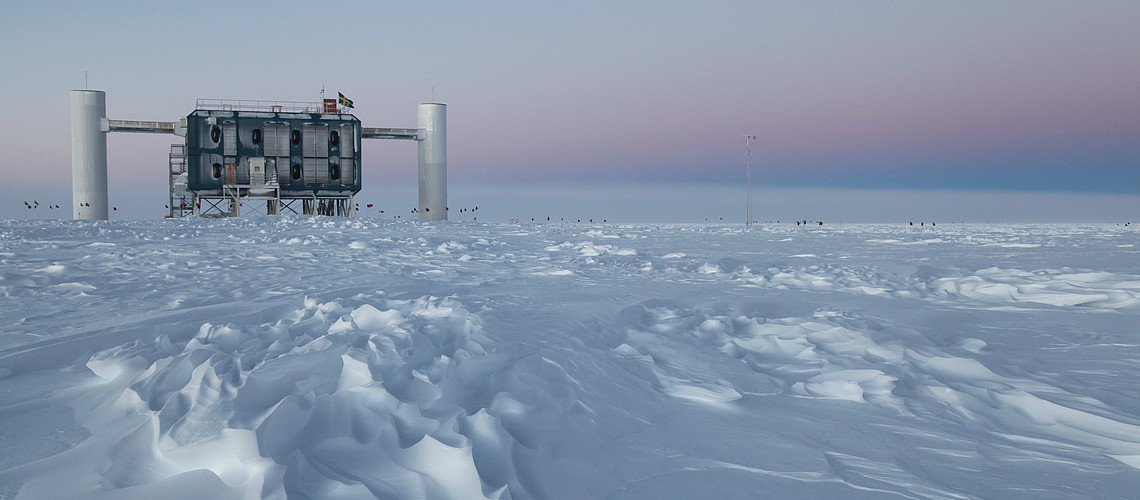
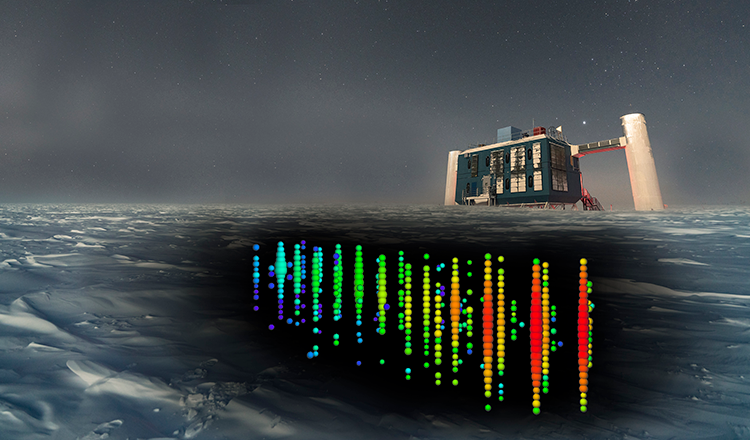
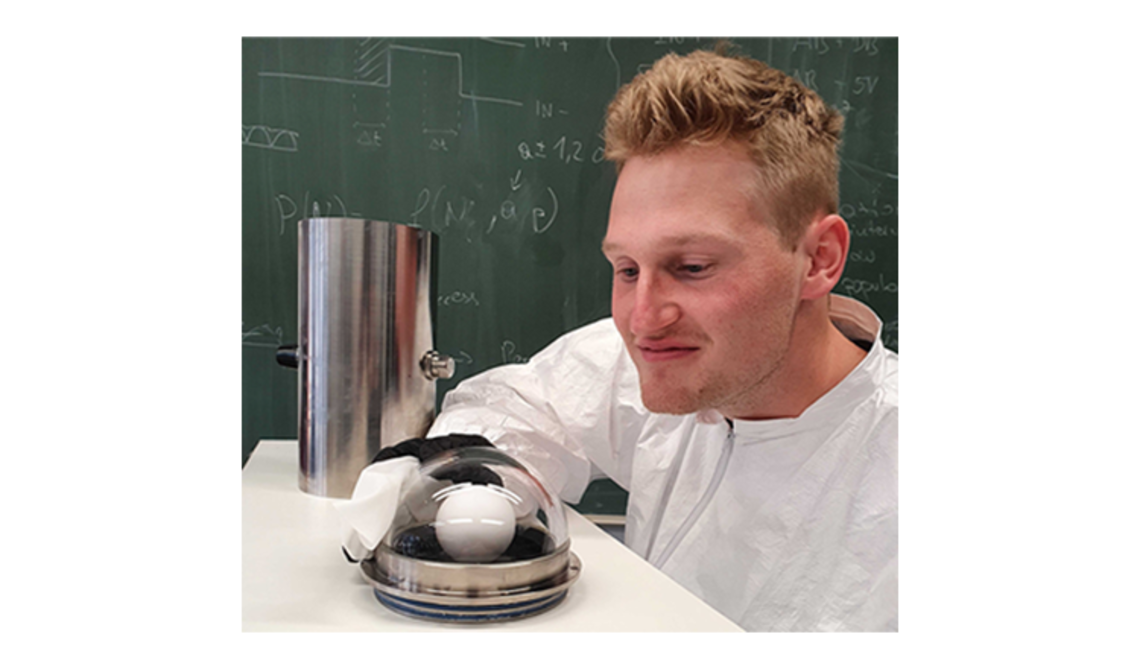
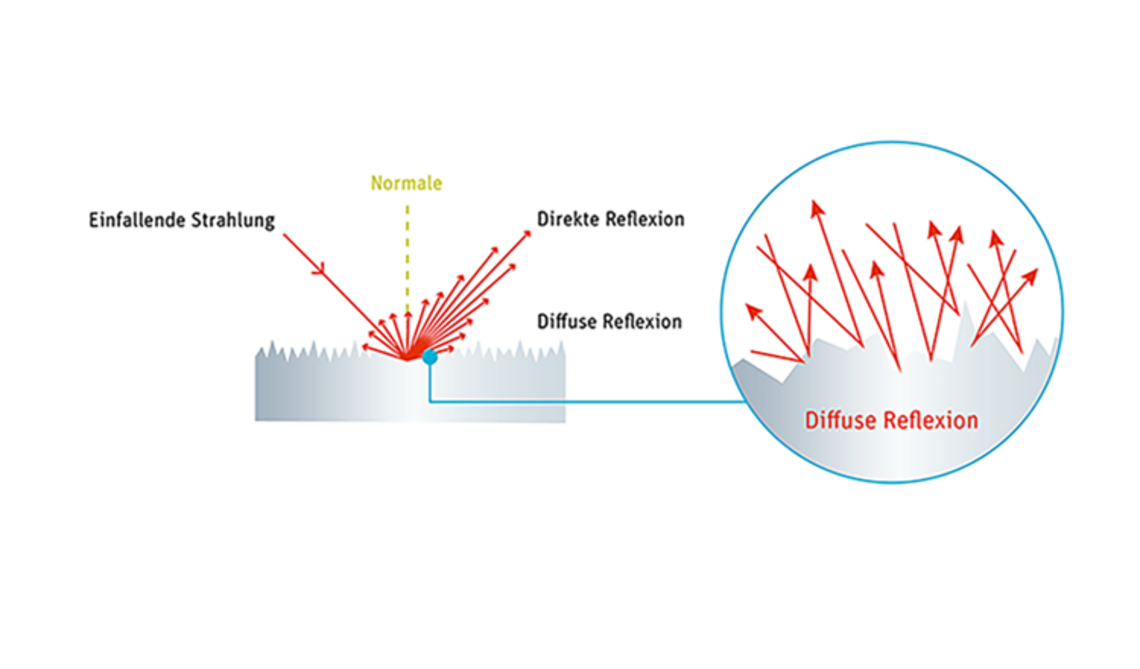
![[Translate to English:] [Translate to English:]](/fileadmin/_processed_/2/8/csm_gal_Multimessenger_BelowICL_360x260_48bd8aede4.png)
